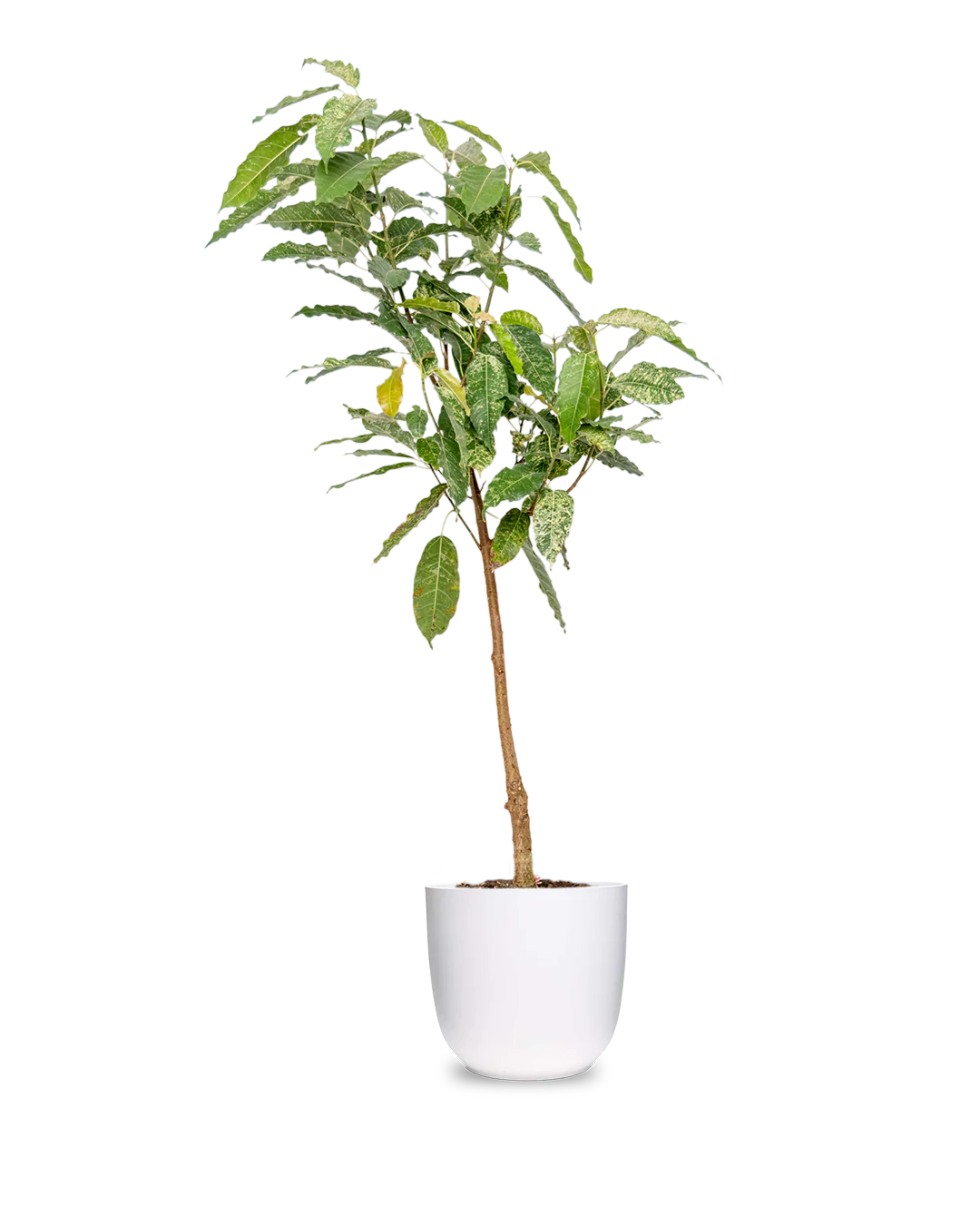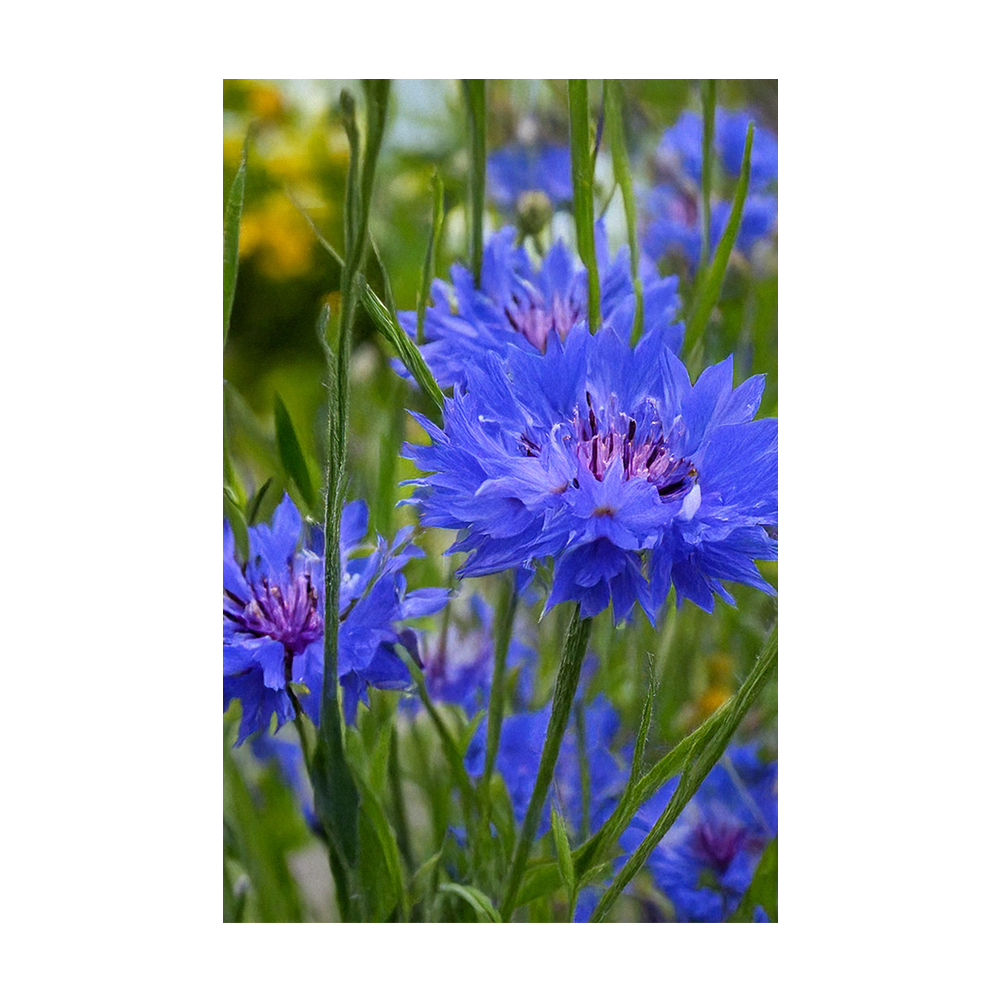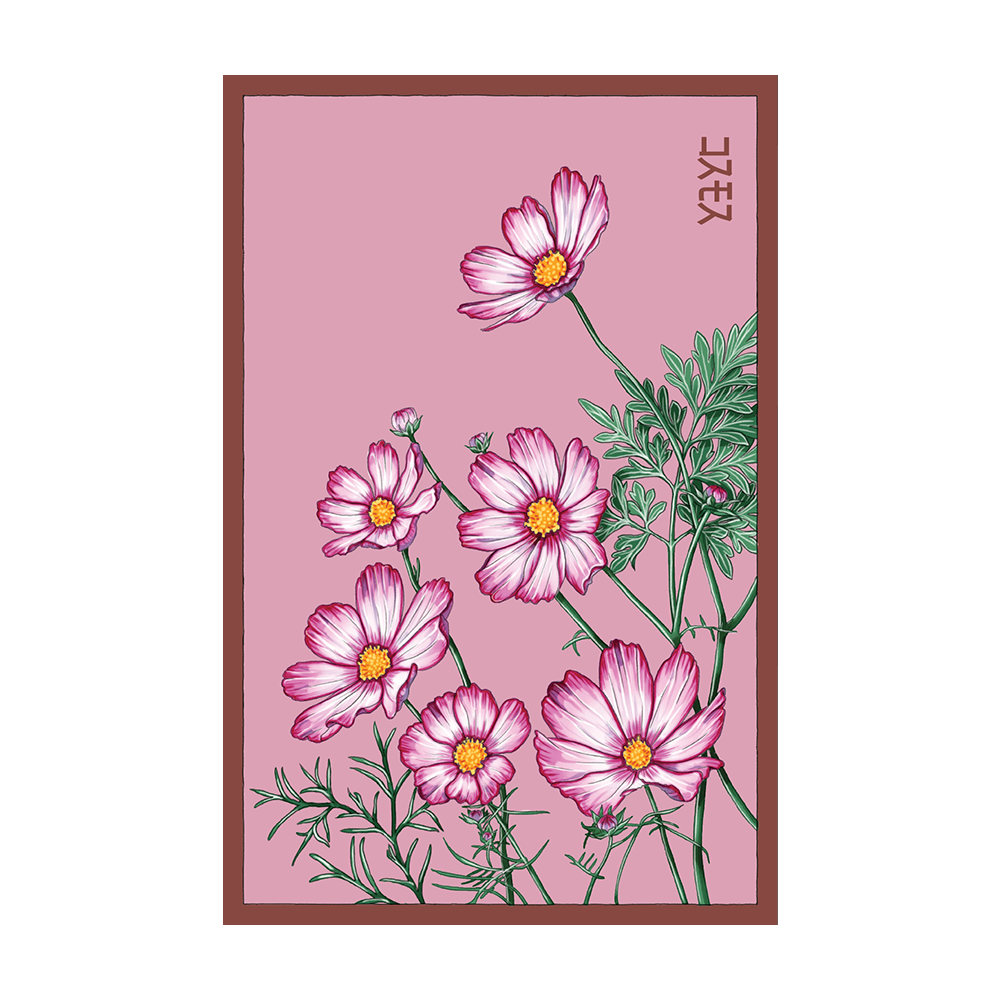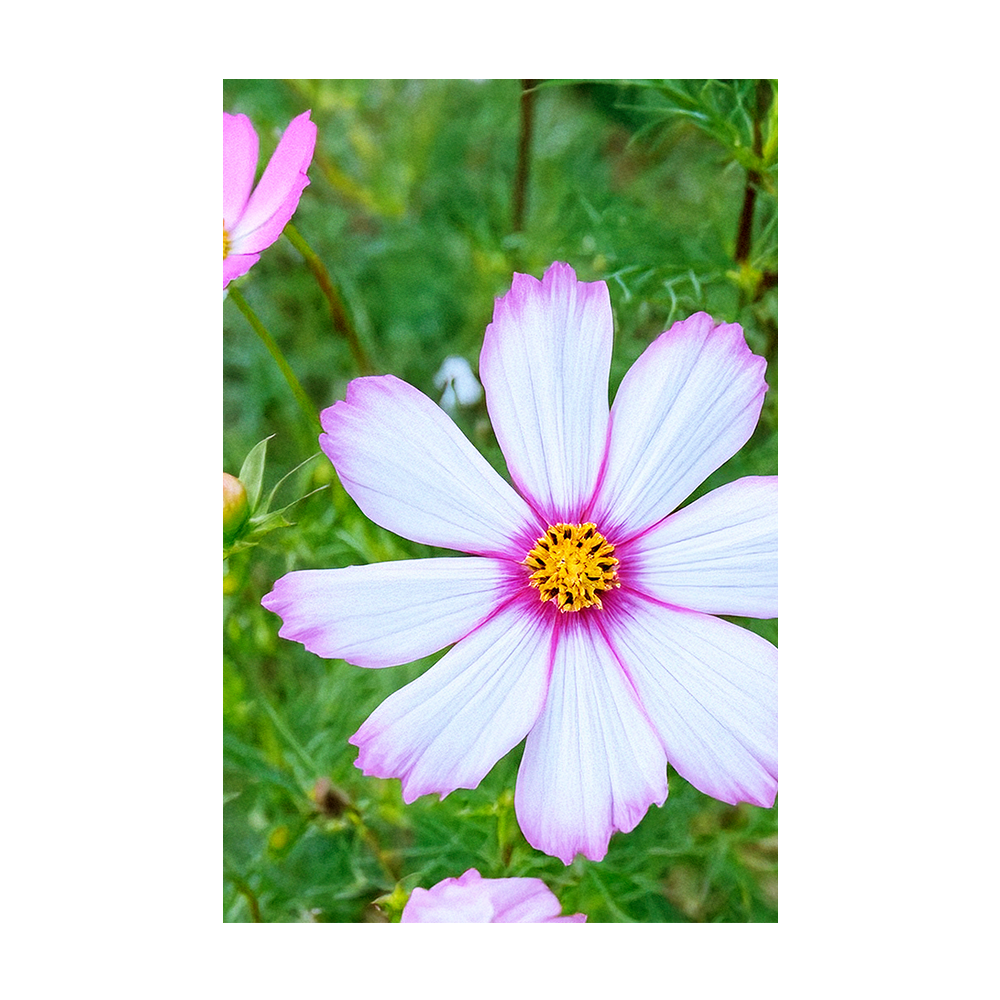Flax Blue Flower Seeds Packet
$4.95
Unit price
/
Unavailable
Couldn't load pickup availability
Flax blue flowers (Linum perenne), also known as perennial flax, are delicate and graceful wildflowers that add charm to gardens and landscapes. With their sky-blue petals and slender stems, these plants create a stunning display, especially when grown in clusters. Blue flax is known for its resilience, drought tolerance, and ability to thrive in various climates. Blue flax is easy to grow from seeds, making it an ideal choice for beginner gardeners. It attracts pollinators, stabilizes soil, and provides visual interest throughout the growing season. Flax blue flowers are a hardy, easy-to-grow addition to any garden, offering delicate blue blooms, pollinator benefits, and low-maintenance growth. Whether planted in wildflower meadows, borders, or rock gardens, they bring a touch of natural elegance.
We stand by the quality of our flower seed packets! With high germination rates and vibrant blooms, your garden is sure to flourish. If you're not completely satisfied, we’ll replace or refund—guaranteed!
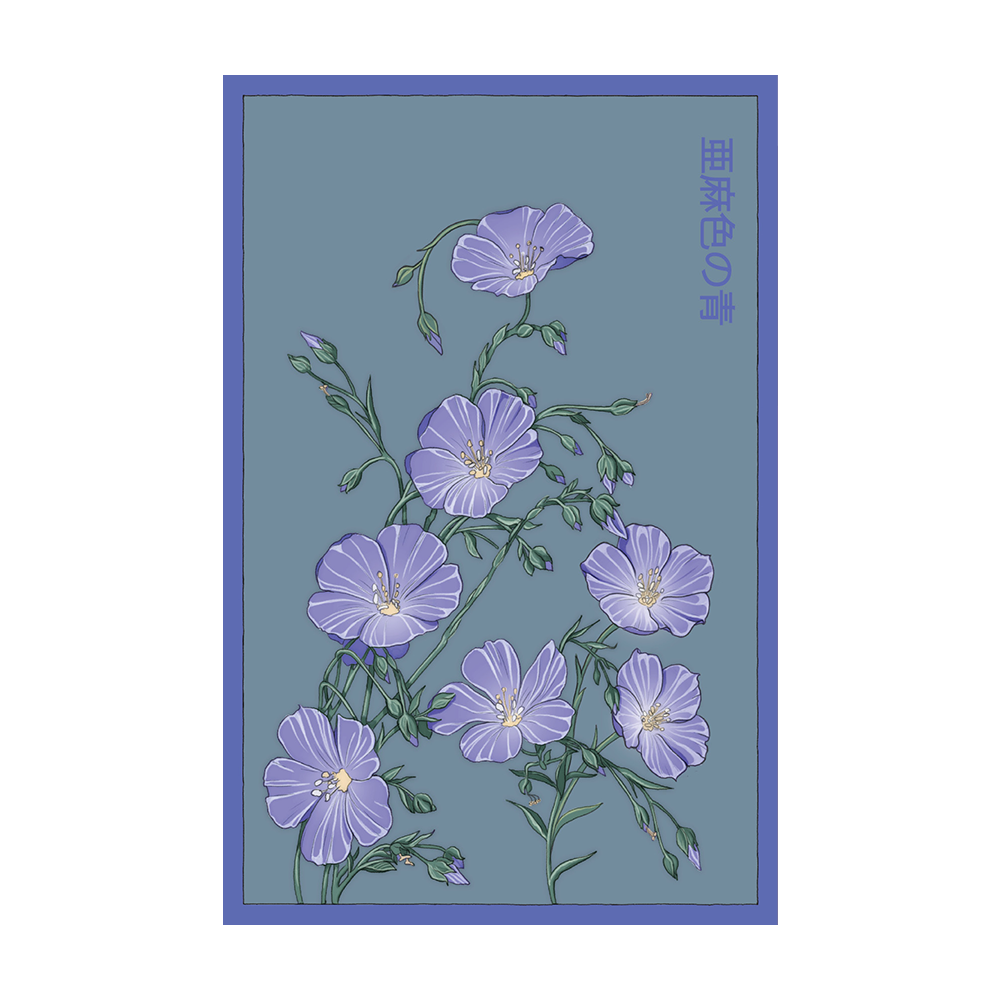
Flax Blue Flower Seeds Packet
Why Shido Seeds Are the Best
Our flower and vegetable seeds are beautifully packaged little packets of magic. Guaranteed to turn your garden into the envy of the neighborhood. Get your hands dirty and let nature simply do its thing.
How to Plant Flax Blue from Seed
When to Plant Seeds
Seed Preparation
Sowing the Seeds
Transplanting Outdoors
Pro Tip




